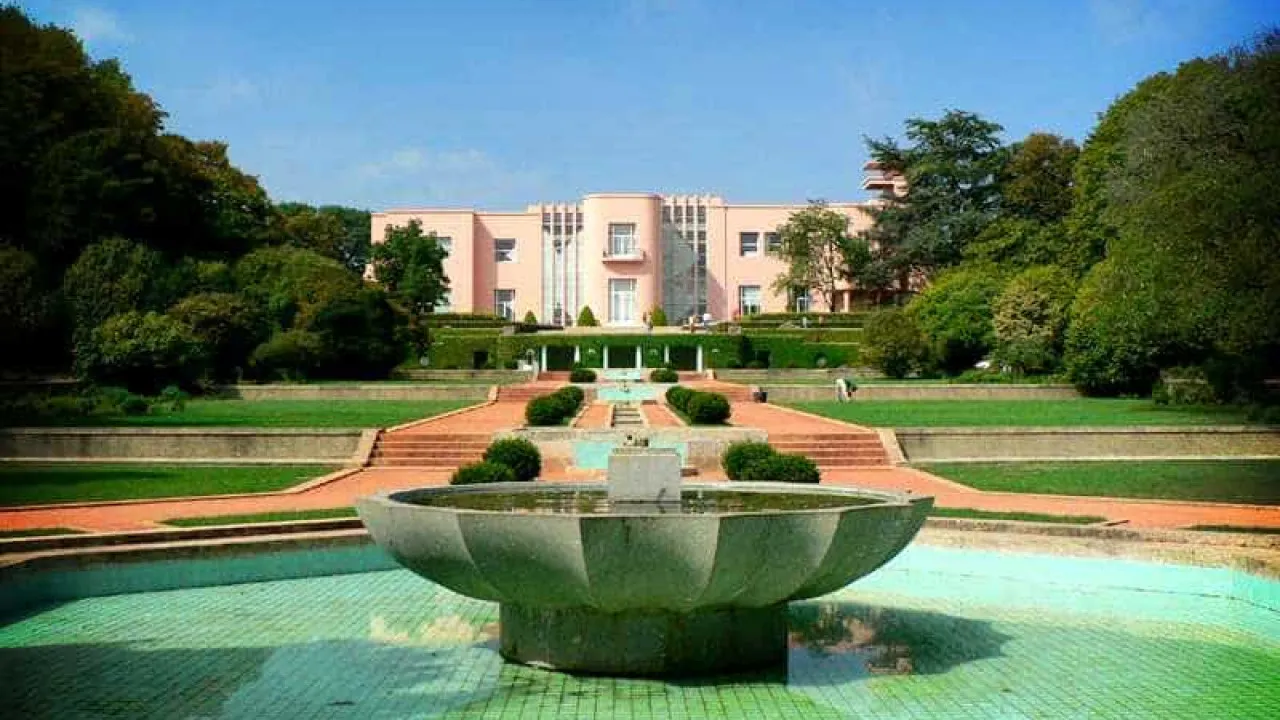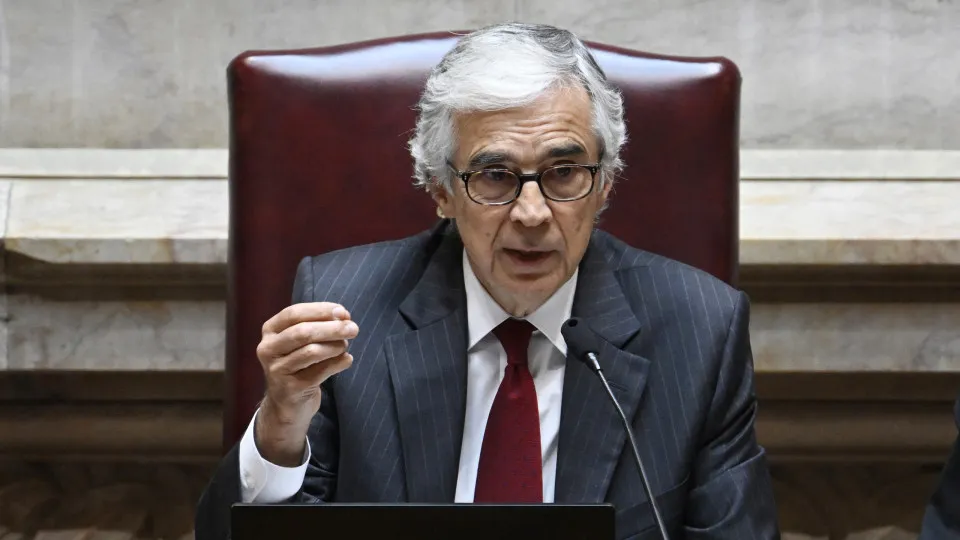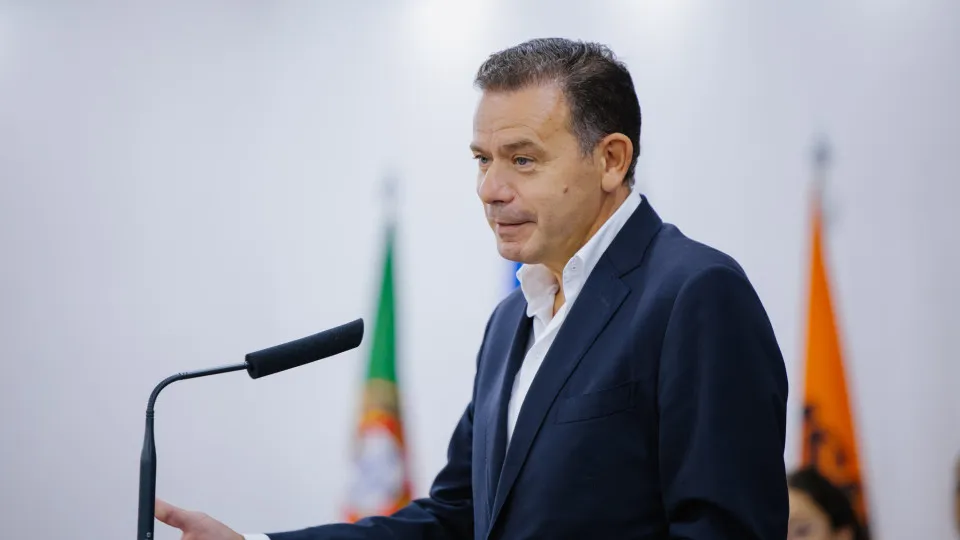
The exhibition is housed in the Álvaro Siza wing of the Serralves Museum, highlighting one of the most influential figures of the 20th century, particularly between the world wars, and is on display until January 4 of next year.
“There is an investment from the three [Alvar, Aino, and Elissa] in a body of work that spans from the 1920s to 1994, the year of the death of the second wife [Elissa Aalto, 1922-1994], who completed some of Alvar’s projects posthumously. We have 31 projects for the 31 years since Elissa’s death, marking the 50 years [since the architect’s death] that will be in 2026, when the exhibition ends,” explains curator António Choupina.
The Director of Architecture at the Serralves Foundation, who designed the exhibition in collaboration with the Alvar Aalto Museum in Finland, notes how Alvar Aalto’s two wives “practically managed the office,” while the architect participated in international congresses, taught at the Massachusetts Institute of Technology (MIT), and engaged in other activities that fueled the studio’s endeavors.
During the interwar period, Aalto designed iconic buildings such as the Paimio Sanatorium, a response to the Spanish flu of the early century, emphasizing health, lighting, and other needs of the sick, but also “quiet sinks, where water touches the ceramic at a specific angle.”
The creation of Artek, a furniture and design store from which several pieces known to the public today emerged (the stackable stools, round with raised legs, are one example), is another landmark of this studio’s work.
Considered discreet and less renowned compared to contemporaries like Le Corbusier or Frank Lloyd Wright, the Finnish architect, along with his first wife, Aino Marsio-Aalto (1894-1949), formed “the first ‘power couple’ in the world of architecture,” designing the Finnish pavilion for the Paris and New York Expos, becoming “well-known figures in the field.”
Their impact was also felt in Portugal. Choupina recounts that when instructed to buy industry magazines, Álvaro Siza purchased a 1950 issue of L’Architecture d’Aujourd’hui dedicated to Aalto.
“It will greatly influence his work. [Later, in 1988] he will win the Alvar Aalto medal, a piece that will be on display here. For Siza, he is a seminal figure. The Aaltos, in that period, invented a contemporary language for post-war Finland. That was essentially what young architects in Portugal were looking for,” analyzes the curator.
This desire to “create a Portuguese identity for a modern yet local architecture,” using the country’s typical materials and techniques, connects the two architects in a shared “optimistic idea that good design can transform the world,” particularly in the spirit of the ‘New Man’ that guided the post-war period in Europe.
“It seemed important to us, from the start, that both wives featured in the exhibition with the same equity as Alvar. Hence, the exhibition title is simply ‘Aalto.’ In reality, it is they who ensure that the work is done and continues,” he adds.
This ongoing work, even after Alvar’s death, is highlighted here, culminating in the exhibition route ending at the Church of Santa Maria Assumption in Riola di Vergato, Italy, which was posthumously completed.
Until then, there are 15 rooms featuring museum projects in Iraq and Iran, libraries worldwide, the Aalto Opera House in Essen, Germany, churches, housing complexes, universities, factories, and even a newspaper editorial office, Turun Sanomat in Turku, including more renowned works like the Louis Carré House or the Viipuri Library.
An extensive and diverse body of work that Serralves depicts down to the detail of the boat with an engine “so heavy” it became an emblem of the architect’s midlife crisis.
“He had a kind of midlife crisis, but instead of a motorcycle, he bought a boat with an engine so heavy that the front lifted. The boat model will also be on display. He called it: ‘No one is a prophet in their own land,’ in Latin [‘Nemo propheta in patria’]. If anyone was a prophet in their land, in my opinion, it might well have been Alvar Aalto,” assures the curator of the exhibition.
Alongside the profusion of building projects, Serralves created “an installation on a curvilinear wall inspired by the northern lights, as was the case with the Aaltos,” given that this name in the family means ‘wave,’ which perhaps proves that “the curvilinear quality of the work is not incidental.”
“It was something that Alvar Aalto did [with the boat]: he created waves in the lakes for the children to play,” concludes Choupina.




